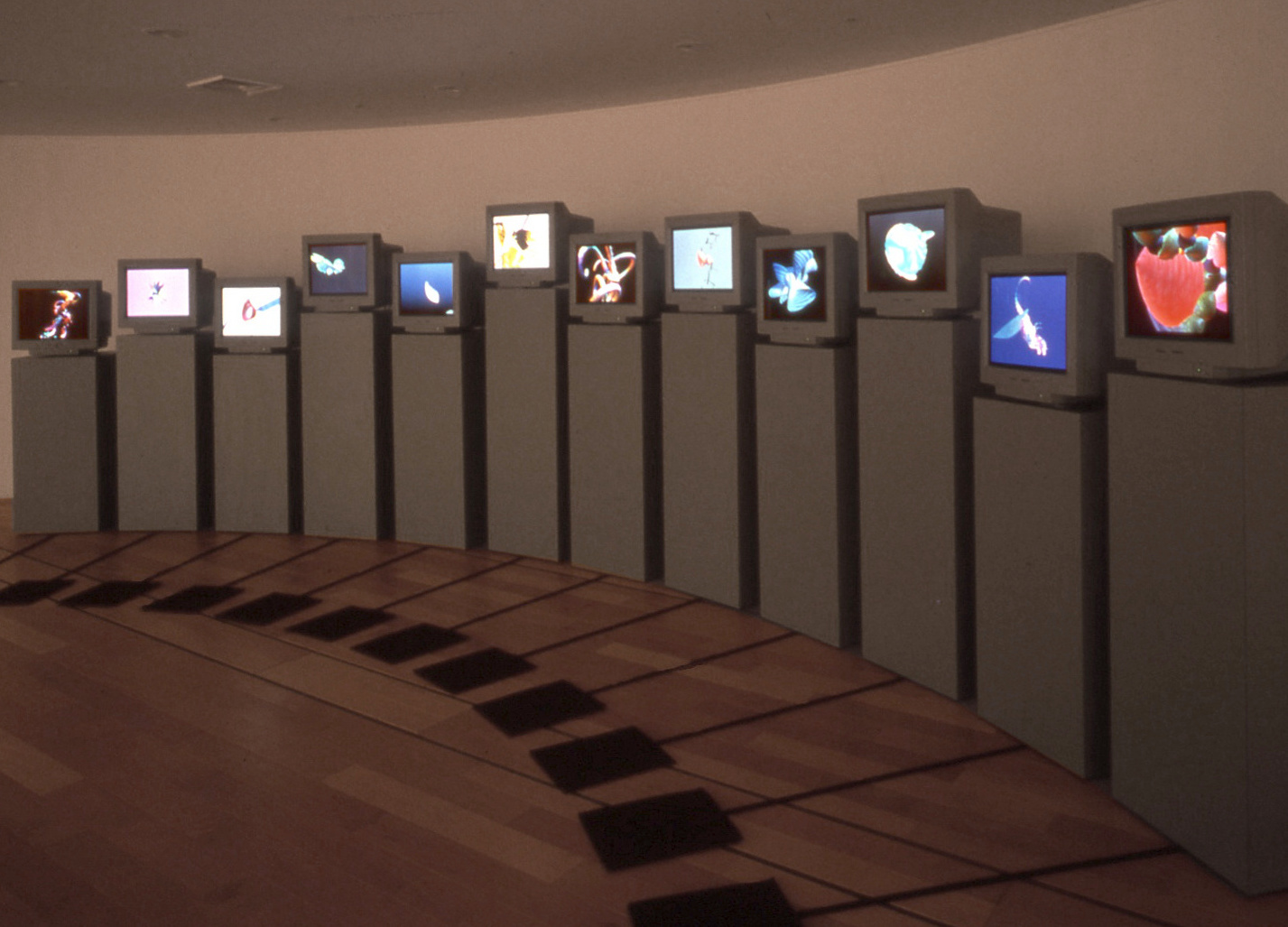|
Artificial Intelligence Visual Art
Artificial intelligence visual art means visual artwork generated (or enhanced) through the use of artificial intelligence (AI) programs. Artists began to create AI art in the mid to late 20th century, when the discipline was founded. Throughout its history, AI has raised many philosophical concerns related to the human mind, artificial beings, and also what can be considered ''art'' in human–AI collaboration. Since the 20th century, people have used AI to create art, some of which has been exhibited in museums and won awards. During the AI boom of the 2020s, text-to-image models such as Midjourney, DALL-E, Stable Diffusion, and FLUX.1 became widely available to the public, allowing users to quickly generate imagery with little effort. Commentary about AI art in the 2020s has often focused on issues related to copyright, deception, defamation, and its impact on more traditional artists, including technological unemployment. History Early history Automated art dat ... [...More Info...] [...Related Items...] OR: [Wikipedia] [Google] [Baidu] |
Technological Unemployment
The term technological unemployment is used to describe the loss of jobs caused by technological change. It is a key type of structural unemployment. Technological change typically includes the introduction of labour-saving "mechanical-muscle" machines or more efficient "mechanical-mind" processes (automation), and humans' role in these processes are minimized. Just as horses were gradually made obsolete as transport by the automobile and as labourer by the tractor, humans' jobs have also been affected throughout modern history. Historical examples include Textile manufacture during the Industrial Revolution, artisan weavers reduced to poverty after the introduction of Power loom, mechanized looms. Thousands of man-years of work was performed in a matter of hours by the bombe codebreaking machine during World War II. A contemporary example of technological unemployment is the displacement of retail cashiers by Self-checkout, self-service tills and cashierless stores. That techn ... [...More Info...] [...Related Items...] OR: [Wikipedia] [Google] [Baidu] |
Artificial Intelligence In Fiction
Artificial intelligence is a recurrent theme in science fiction, whether utopian, emphasising the potential benefits, or dystopian, emphasising the dangers. The notion of machines with human-like intelligence dates back at least to Samuel Butler's 1872 novel ''Erewhon''. Since then, many science fiction stories have presented different effects of creating such intelligence, often involving rebellions by robots. Among the best known of these are Stanley Kubrick's 1968 '' 2001: A Space Odyssey'' with its murderous onboard computer HAL 9000, contrasting with the more benign R2-D2 in George Lucas's 1977 ''Star Wars'' and the eponymous robot in Pixar's 2008 ''WALL-E''. Scientists and engineers have noted the implausibility of many science fiction scenarios, but have mentioned fictional robots many times in artificial intelligence research articles, most often in a utopian context. Background The notion of advanced robots with human-like intelligence dates back at least to Samu ... [...More Info...] [...Related Items...] OR: [Wikipedia] [Google] [Baidu] |
Artificial Intelligence In Myths And Legends
The history of artificial intelligence ( AI) began in antiquity, with myths, stories, and rumors of artificial beings endowed with intelligence or consciousness by master craftsmen. The study of logic and formal reasoning from antiquity to the present led directly to the invention of the programmable digital computer in the 1940s, a machine based on abstract mathematical reasoning. This device and the ideas behind it inspired scientists to begin discussing the possibility of building an electronic brain. The field of AI research was founded at a workshop held on the campus of Dartmouth College in 1956. Attendees of the workshop became the leaders of AI research for decades. Many of them predicted that machines as intelligent as humans would exist within a generation. The U.S. government provided millions of dollars with the hope of making this vision come true. Eventually, it became obvious that researchers had grossly underestimated the difficulty of this feat. In 1974, c ... [...More Info...] [...Related Items...] OR: [Wikipedia] [Google] [Baidu] |


